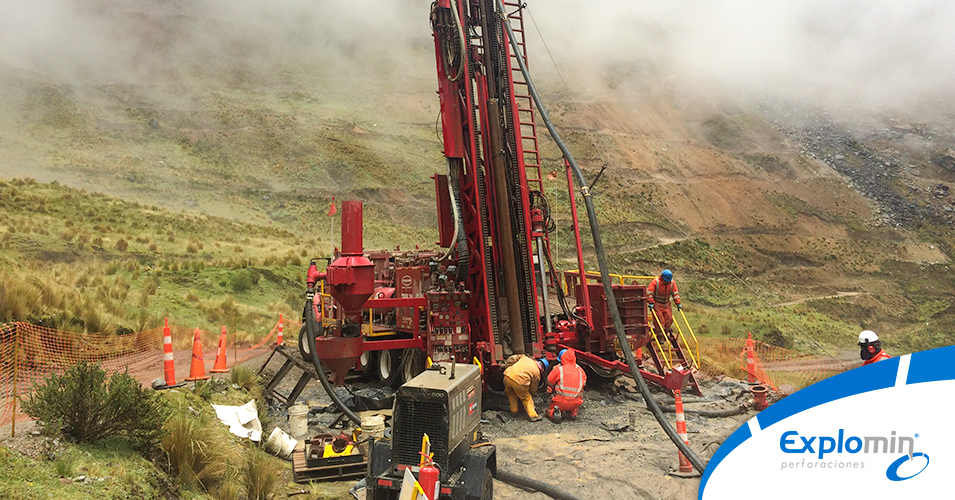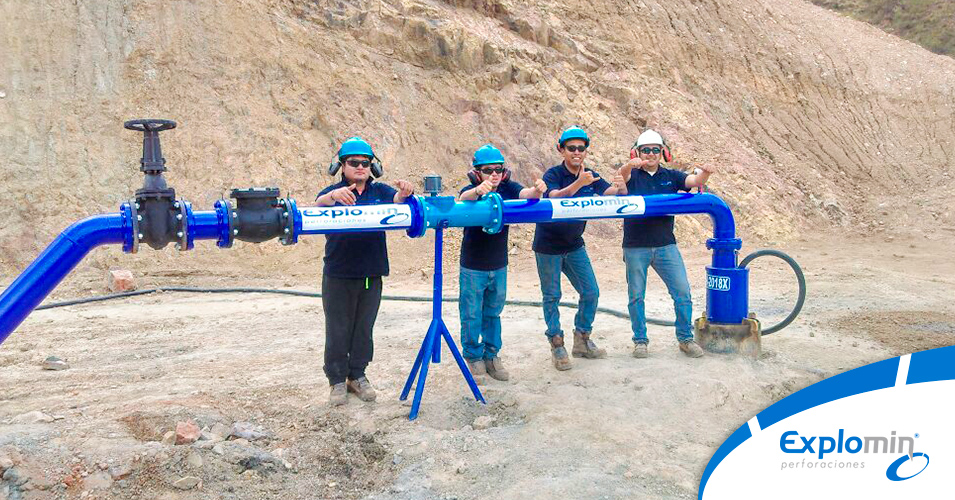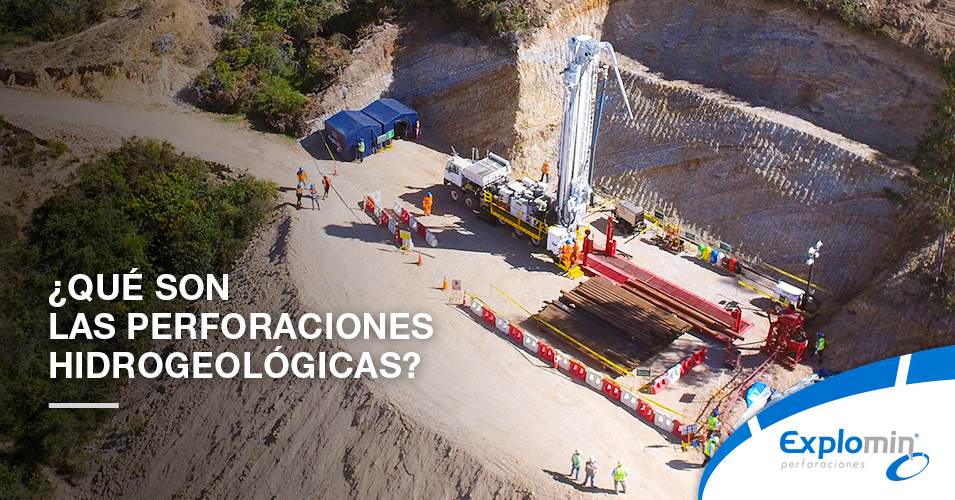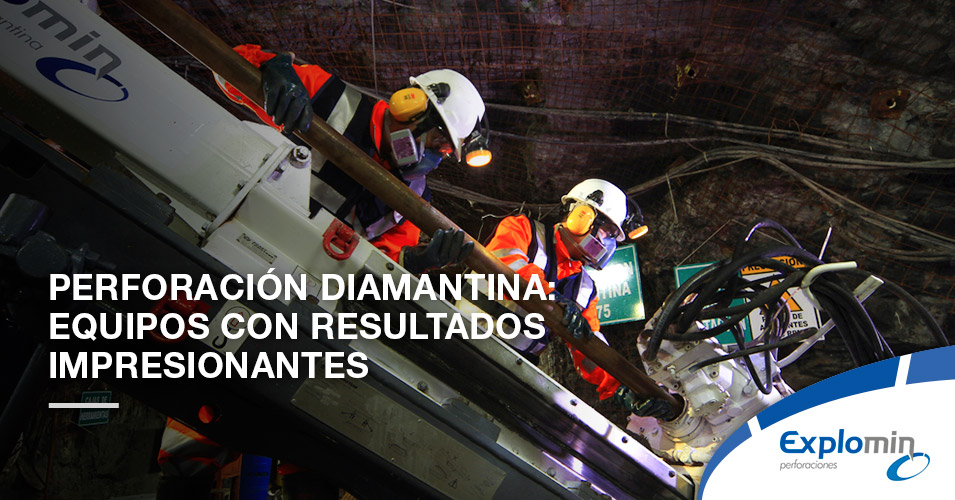Las perforaciones hidrogeológicas son, generalmente, perforaciones verticales que hacen posible la extracción del agua que hay en el subsuelo. Si se tiene en cuenta que en él se encuentra el 0,63% del agua bebible, las perforaciones son uno de los métodos más eficaces para el abastecimiento de este líquido.
En el caso de trabajos mineros, las perforaciones hidrogeológicas se hacen necesarias antes de la extracción de los productos. De hecho, es necesario hacer un estudio hidrogeológico que permita tomar medidas frente a las actividades industriales que se vayan a desarrollar en su entorno y así garantizar la calidad del agua en el futuro.
Tipos de perforaciones de pozos de agua
En cuanto a las perforaciones hidrogeológicas, estas se pueden clasificar en cinco tipos, aquellas son: pozos de agua, pozos de monitoreo, pozos tubulares, pozos de producción y pozos de drenaje. Para la perforación de estos pozos se pueden usar diferentes métodos.
La elección de la forma cómo se perforará (o excavará) el pozo depende de muchos factores, entre ellas las características del terreno donde se desarrollará el estudio; la profundidad a la que se quiera llegar, cómo se encuentra la capa freática; los recursos técnicos del sitio; la cantidad de agua que necesite extraerse para la población; el diámetro de la excavación, etc.

Partes del estudio hidrogeológico
Las perforaciones no solo se efectúan cuando se ha decidido explotar o preservar una reserva de agua subterránea, también forman parte del estudio hidrogeológico. Para empezar es importante realizar una cartografía de zonas geomorfológicas que sean favorables (por cercanía a la población o para la perforación).
Un segundo punto es elegir un área de exploración específica que se analizará con personal experto; en tercer lugar, continúa una exploración aún más profunda con herramientas especializadas para, finalmente, perforar las captaciones en pro de evaluar si el lugar es apto para sostener una bomba que permita extraer el agua hacia la superficie.
Dos métodos usados en perforaciones hidrogeológicas
Por un lado se puede usar el sistema de perforación “Casing Advancer”. Este se recomienda para excavaciones en suelo descompuesto ya que permite el revestimiento de las paredes hasta llegar a la roca firme.
Una de las ventajas de este sistema de cerrojos de cierre autorregulable es que es fácil de extraer y sustituir. Debido a los beneficios que ofrece, es el favorito para toma de muestras y testigo de suelos y terrenos. También es útil para la colocación de instrumentación subterránea y en el revestimiento de formaciones difíciles.
Otro sistema que se emplea en perforaciones es el de “Pozo inundado”. Se recomienda para perforaciones que tengan un diámetro mayor al promedio.

¿Quién puede hacer perforaciones hidrogeológicas?
Debido a que el estudio hidrogeológico y las perforaciones hidrogeológicas son necesarias antes de realizar diferentes tipos de actividades, como excavaciones mineras, es importante contar con un equipo capacitado y experimentado en el proceso. En Explomin se ofrece el servicio de perforación de pozos de agua utilizando los sistemas de perforación Casing Advancer y Pozo Inundado de acuerdo a lo requerido por el cliente.





